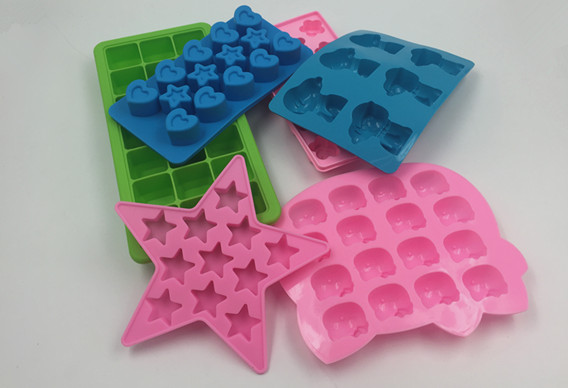Silicone rubber is an elastomer (rubber-like material) composed of silicone—itself a polymer—containing silicon together with carbon, hydrogen, and oxygen. Silicone rubbers are widely used in industry, and there are multiple formulations. There are a wide range of uses of silicone rubber in different area of the industries. Some popular usage of it is stated as below:

1) Construction purposes
In buildings and construction, silicone sealants, cements and varnishes make construction materials work enhanced and last longer. Silicone adhesives bond a variety of materials together such as concrete, glass, granite, steel and plastics. This permits innovative construction and engineering, such as histrionic glass frontages or bent and suspended assemblies.
Sealants guarantee materials stay fastened and engross stress and movement from wind or earthquakes. Sealants and coverings also guard linkages and materials from moisture, heat, corrosion, sunlight, ultraviolet radiation, pollution and other chemicals reactions that could harm the upper layer of the building like intense sunlight.
2) Electronics
Silicones have played an essential part in progressions in computer technology, telecommunications and micro- and macro-electronics and electrical power distribution.
Silicones close, link and compress everything from extremely complex circuits and microchips to semiconductors. They help protecting electronic components from life-threatening heat, humidity, salt, rust, impurity and movement in computers, appliances, cars and airplanes. Because of silicones’ shielding properties, many industrial and electrical inventions in electronic devices, mechanisms, assemblies and systems are possible.
3) Health care
Sturdy to bacteria, silicones are easy to sterilize. They do not react with other materials and do not cause irritation to the body. Used outwardly, internally, or intravenously, silicone materials do not cause undesirable by-products or activate sensitive reactions.
Silicones soften relevant drugs so they can be smeared without leaving a slippery scum, and they can help form a closure that shields injuries during the healing process.
Silicone plumbing in some medical devices—such as drug distribution systems or heart pacemakers—helps lessen the danger of infection. Silicone-enhanced lubricants comfort the insertion of spines and devices.
Silicones can most closely estimate the steadiness of skin and offer brilliant cushion and ease in prosthetics.
4) Paints and coatings
Bakeware and cookware are more robust, suitable, easily useable and long-lasting when made with silicone rubber. The elastic, non-stick surface is easy to clean and does not report any flavour or odour to the food. Cake pans, muffin moulds, and baking mats can go from the freezer to the oven, microwave or dishwasher without affecting the class of the product or the food.
5) Restoration
Silicones support re-establish historical buildings and landmarks without co-operating the arrival or reliability of the original material. Sealants and glues strengthen the expected strength and “weather ability” of the junctions and buildings. They add water repellence and “breath ability” to natural materials such as spongy sandstone and spongy limestone. And, silicone coatings can be applied evenly so they do not pigment or smudge.

Get Social